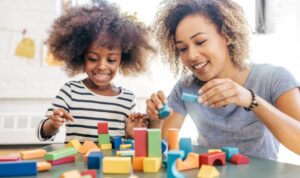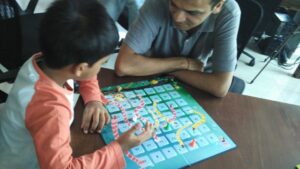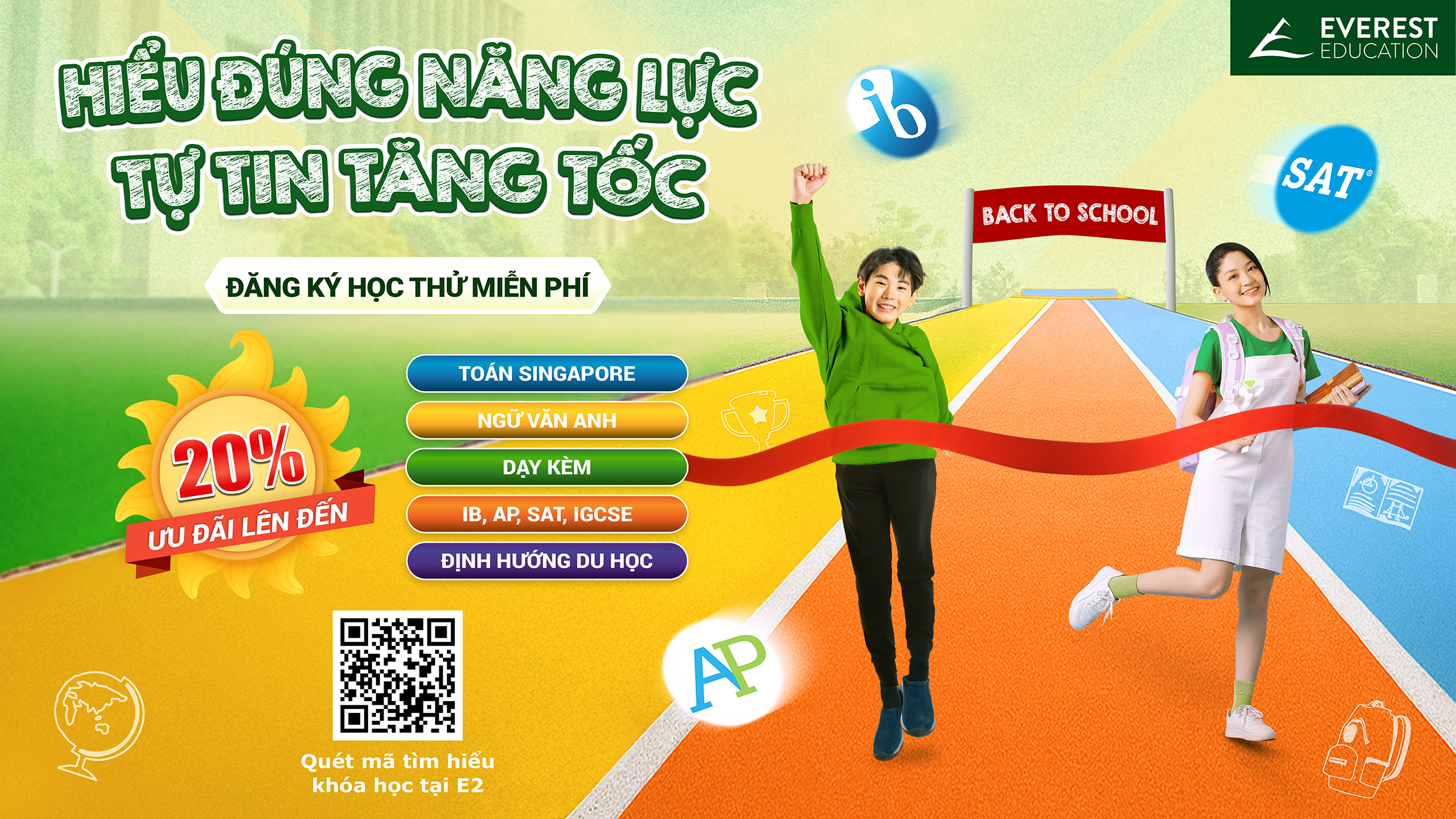We all want our children to do well in Math. Math learning promotes working memory, improves attention, and increases other basic cognitive skills. Recent studies have shown that a child’s math skills upon entering kindergarten can be a strong predictor of her future academic performance in both math and reading throughout elementary school. Good Math knowledge is important to get your child through her school years, and life in general.
However, most parents don’t know how to be involved in their child’s process of learning Math. But wait, don’t head to the store to buy flash cards and worksheets, which can likely turn off your child’s natural interest in the subject. There are a ton of fun ways to teach math to kids.
In this article, we include some super fun math activities for your kids to help them develop a strong foundation in understanding math, and enhance their interest in learning. From counting to number sense to addition and shapes and more. There are activities to cover a wide variety of math concepts. These activities are ideal for for preschoolers and early elementary students.
Number Concepts
Counting is important because it helps children learn number sequence, but even before counting, children need to develop a basic understanding of numbers. Three important number concepts are one-to-one correspondence (each object is counted only once); cardinality (the last object counted is the total number of objects); and invariance (the number of objects doesn’t change if they are configured differently – for instance, spread out or placed in a circle). Here are some ways to help your child develop these basic number concepts:
- Count objects in everyday contexts. Count the number of buttons on your child’s shirt as you button them, the number of oranges she helps you put in the grocery bag at the supermarket, the number of forks needed to set the table, or the number of stairs you go up to the front door. Start with small numbers (no more than five) and add a few as your child is ready for a challenge.
- Put small objects in a row. Gather some coins and have your child count them. After she has counted them, rearrange them in a circle, in a row, or spread them out, and ask her again to count the objects. Don’t be surprised if she has to count them again. But if she automatically answers without counting, you’ll know she has mastered number invariance.

- Find objects that go together. If your child is having difficulty with one-to-one correspondence, find objects that pair well, such as spoons and forks, cups and saucers, horse and cowboy figurines, and ask her to pair them together. As she does, have her count each set of objects to help reinforce the idea that each pair consists of the same number.
- Play board games that involve counting. Children love board games. Not only do they promote screen-free time and family bonding, but they are often educational! There are plenty of games on the market that promise to aid you in teaching math. For example, the game Snakes and Ladders introduces children to the numbers 1 to 100. One of our favorites for teaching math are Junior Monopoly. While this is more appropriate for older kids, you can use it both as a way of bonding as a family, and teaching math skills via the paper cash and die. Parents can also use a deck of cards to turn it into a math game: make it easy at the start by including only cards up to five, and then gradually make it more complex by having each player put out two cards. The highest sum of the two cards wins!
- Fill the piggy bank. Giving your child a piggy bank is a great way of both teaching math, as well as teaching her about the value of saving. Use it to teach counting, addition and subtraction using coins. For younger kids, count loudly as they drop the coins in the till. Older kids can practice addition to find out how much money they have collected, and subtraction if they want to use a certain amount of that money to buy something.
Geometry and Spatial Understanding
Children can develop a basic understanding of geometry and spatial relations by playing with blocks and other building toys. Encourage geometry-related skills with these ideas. Identify shapes in your home. Play a simple game of finding basic shapes around the home, such as rectangles in light switches, squares in window panes, circles in clocks, and so forth.
- Ask your child to explain how she differentiates each shape by their defining features (for instance, a triangle has three connected sides).
- Talk about picture placement in a book. When reading a storybook, use spatial language to talk about the placement of pictures. Ask related questions such as “Where is the moon? Is it above the tree? Is it under the tree?” Or reference sizes by asking, “Is the hippo bigger than the monkey? Which animal is bigger? Which animal is smaller?”
- Make a map of your home. Practice more spatial language by helping your child make a map of her bedroom or the backyard. As she places and spaces out furniture, windows, and closets, or gardens, trees, and bushes, ask her questions about where they’re located and how close together they are.
Measurement
There are many forms of measurement to learn (length, height, weight, size, quantities) and many tools for measuring. Embed measuring concepts into everyday activities.
- Measure while you cook or bake. Math is easily integrated into daily tasks in the kitchen, such as measuring ingredients, doubling and halving recipe ingredients, counting, and dividing meals into equal servings. In this way, cooking and baking provide natural learning opportunities. You can ask your child to help you fill measuring cups with water or flour and measuring spoons with extract to introduce your kids to the concept of whole numbers and fractions. Ask questions such as “Can you fill a half cup? Can you fill one teaspoon?”. Watch this video to find more ideas about bringing Math in the kitchen, where our co-founder, Tony Ngo, teaches his two kids Math while making some pancakes.
- Guess weight at the supermarket. The next time you visit the grocery store, pull two different items from the shelves and ask your child which one is heavier: “Is it the can of soft drink or the box of crackers?”. Children will learn how to understand the concepts of heaviness and lightness.
- Compare feet sizes. Place your foot next to your child’s foot and ask her which is longer or bigger. Have a ruler or tape measure on hand to compare the sizes and help her differentiate between long and short, large and small.
Even more Math puzzle websites & books
When you’re not actively teaching your child math, she can still be working on those skills with apps built for computers and kids’ tablets. There are a lot of great websites and apps that are engaging, stimulating and educational when used in moderation.

Check out our collection of best websites for kids to learn Math recommended by Everest Education’s teachers, or some of our favorite applications that can boost Math fluency. You can even find apps for older kids and teens. Additionally, we have also listed out 5 books that can sneak in math concepts into your family’s reading routine as well. By including books that include mathematical concepts in bedtime routines, parents can contribute to the mathematical development of your children. At the same time, discussing math in this fun context makes numbers and math less stressful when children encounter these topics again in school.
















